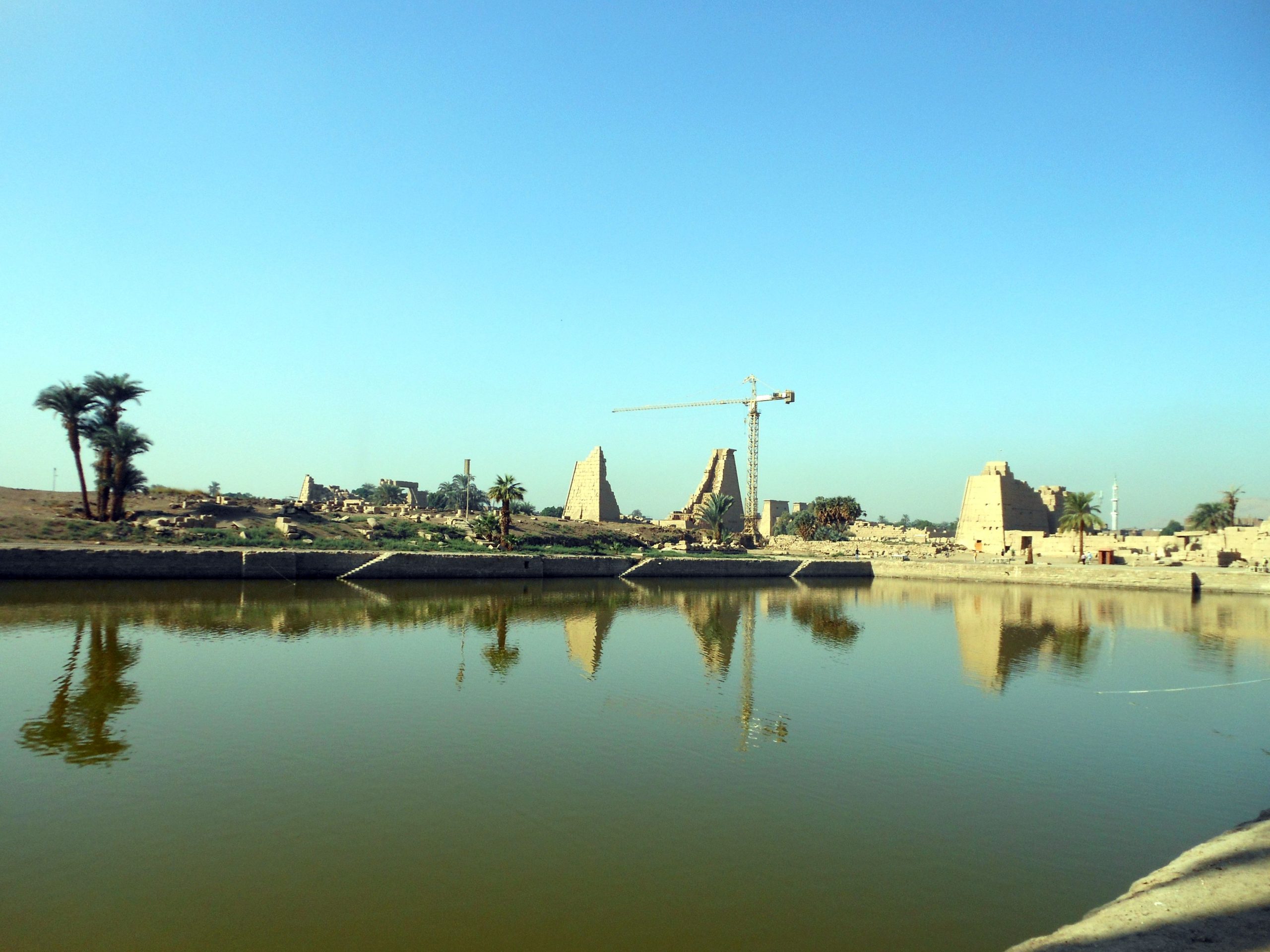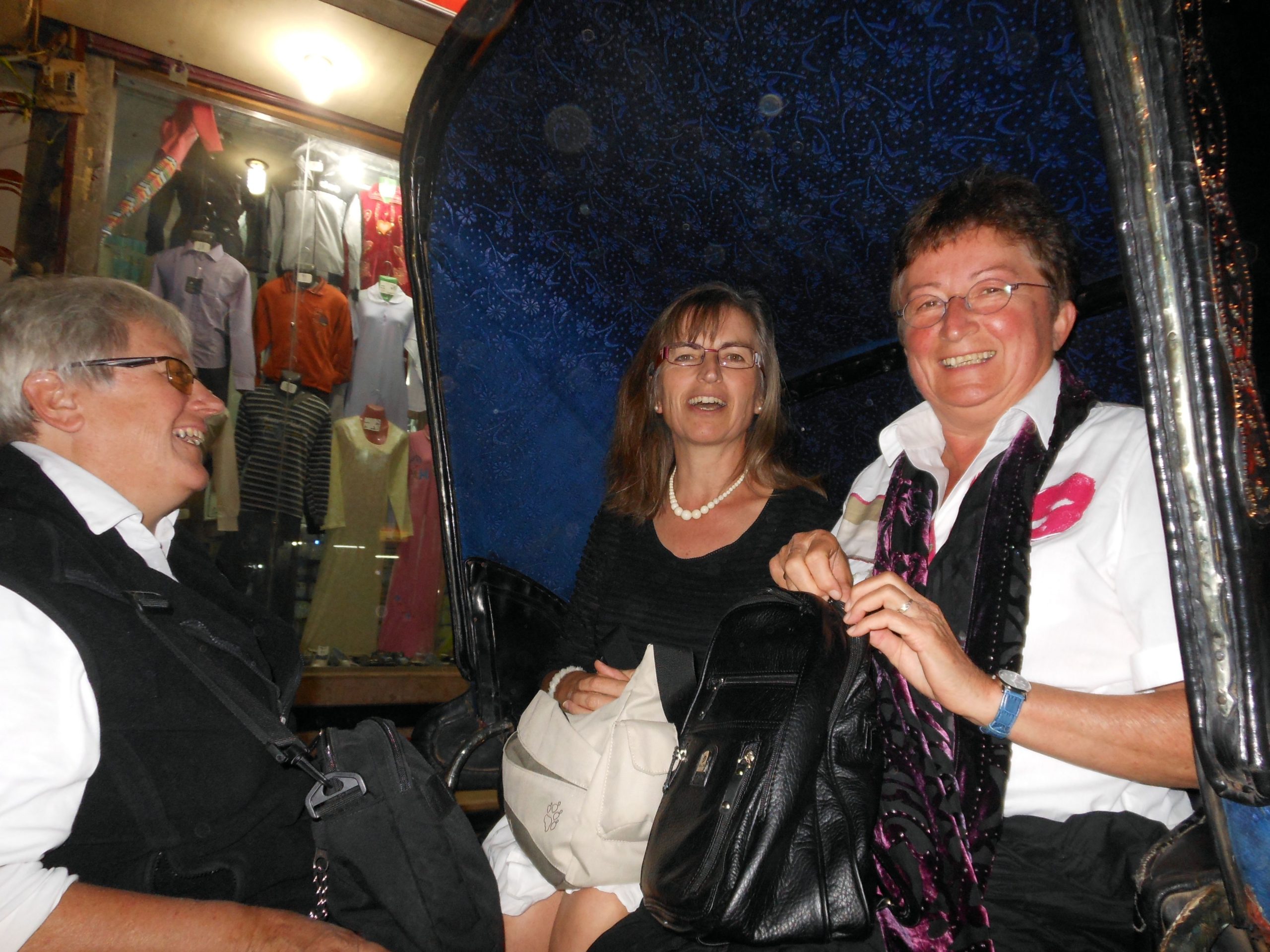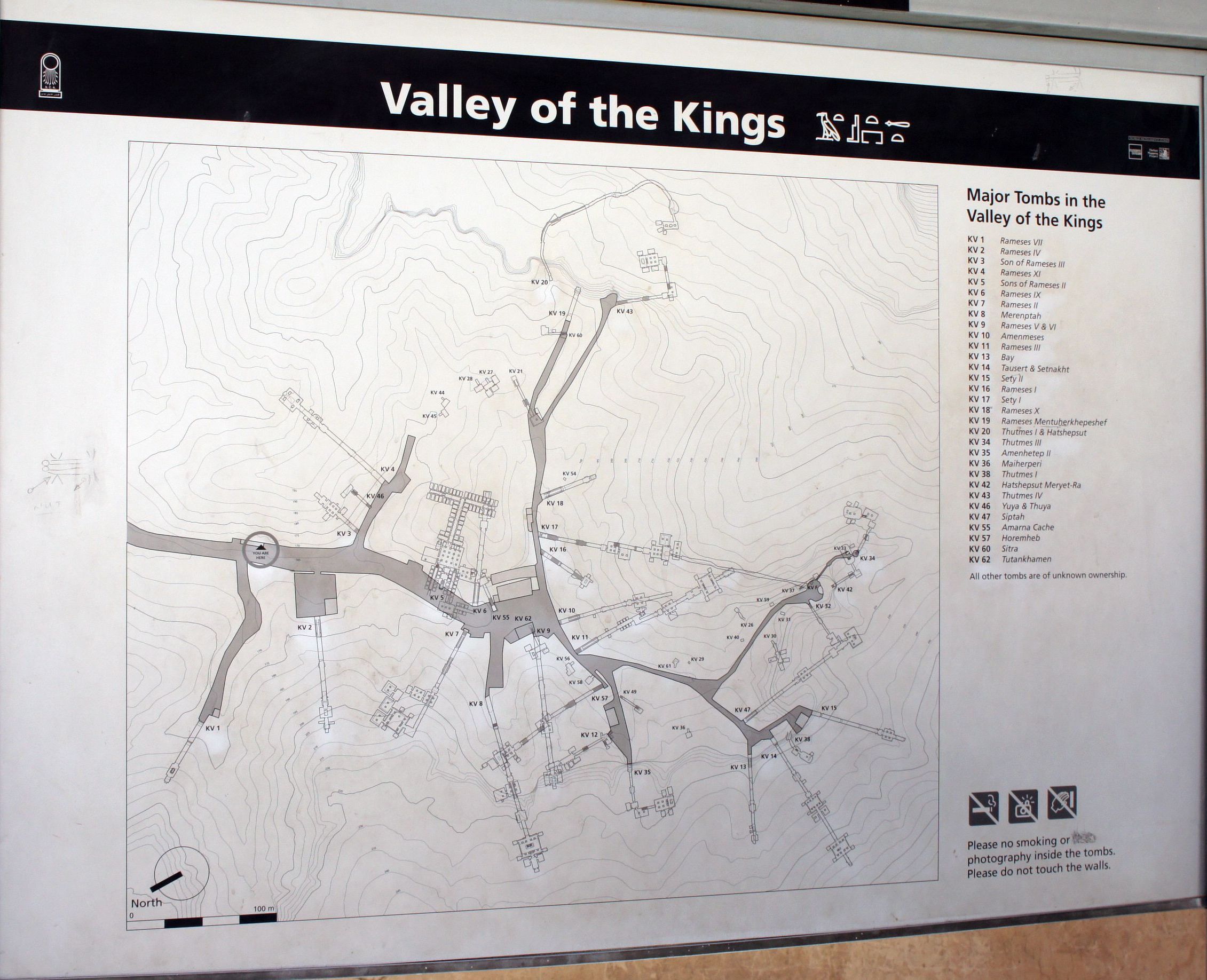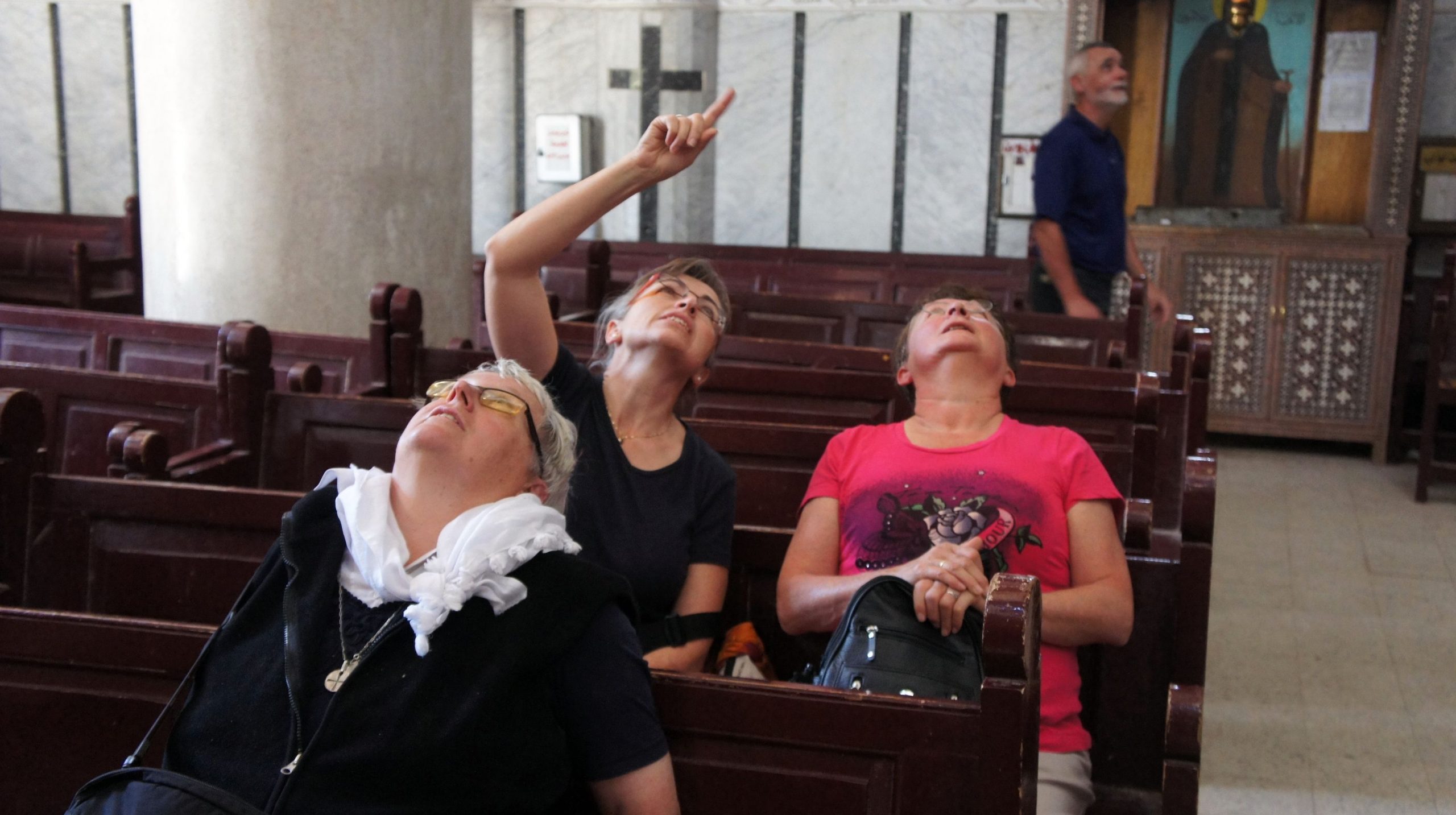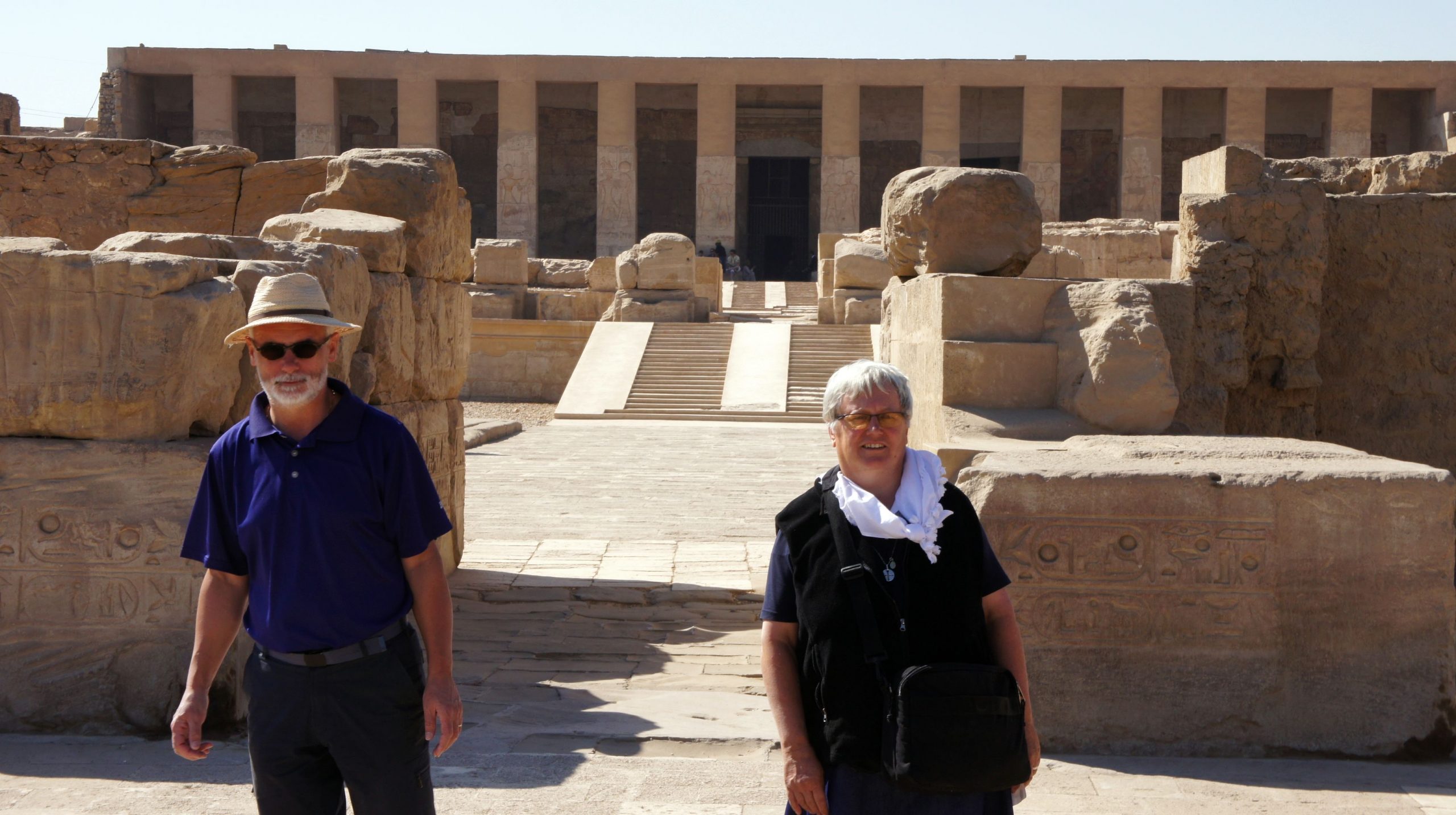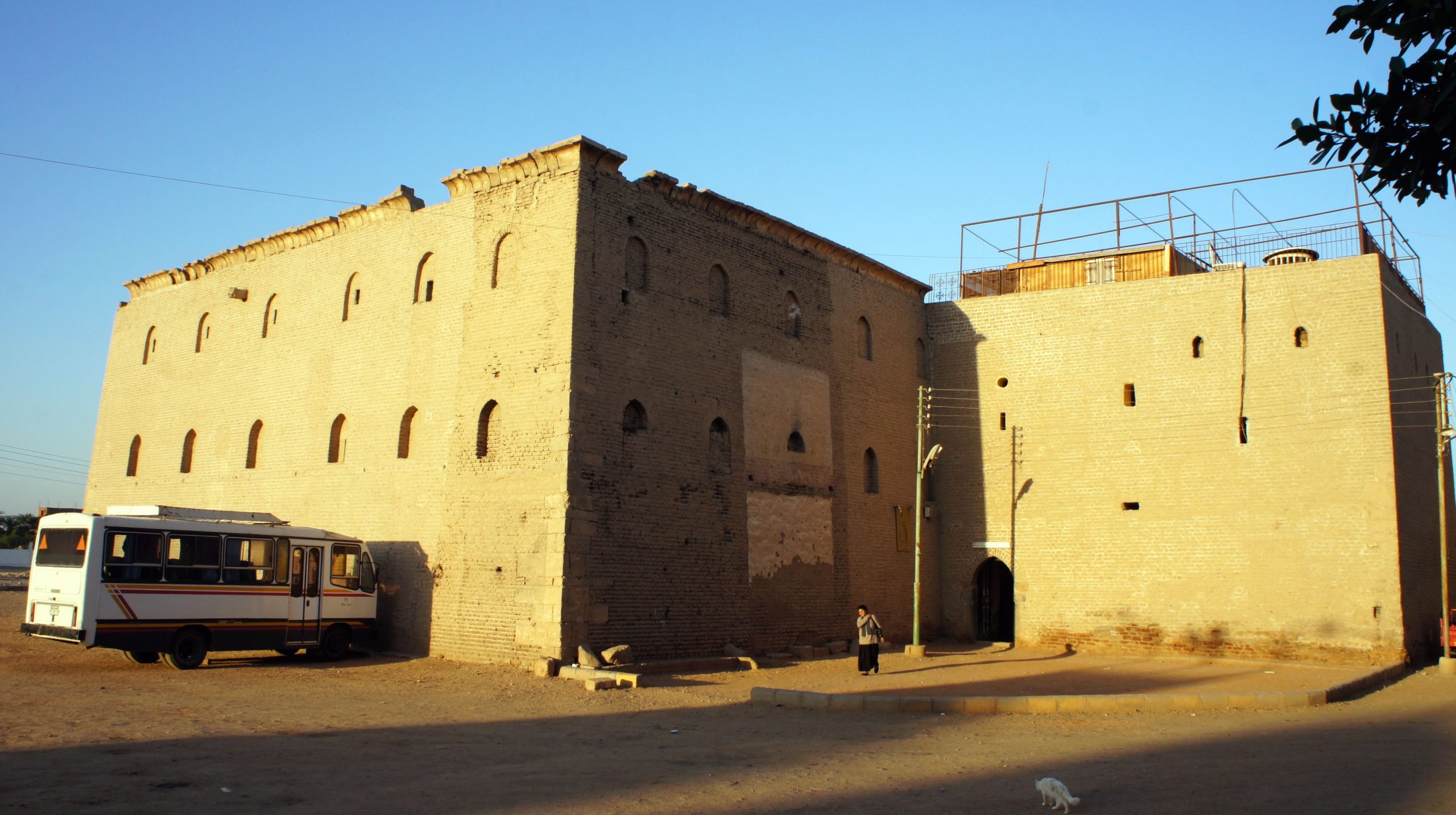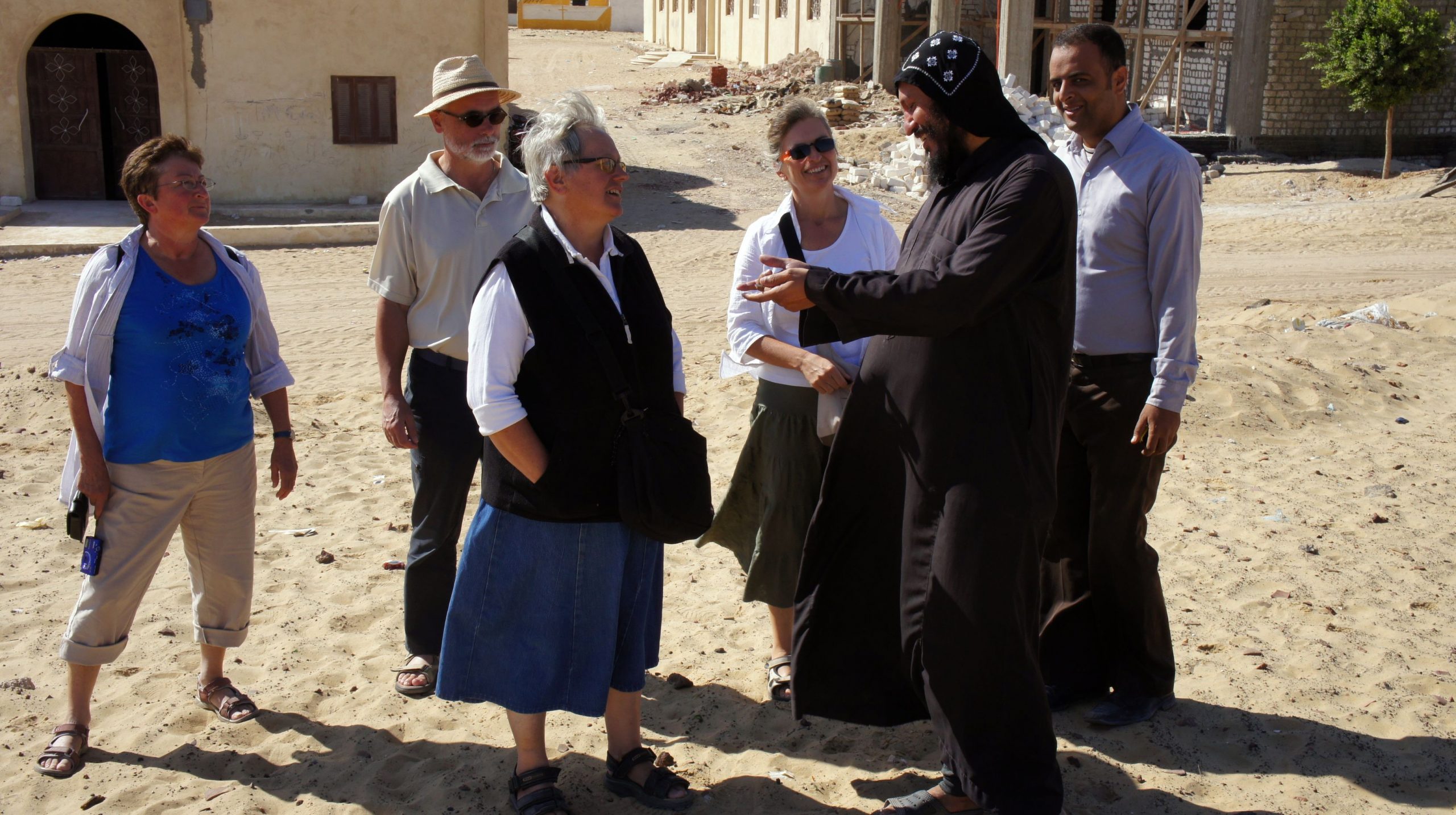Karnak Temple
Gerhard and Maria went with a calèche to the Karnak Temple while Barbara and I went for a walk through Luxor to the Mutrania (Bishops House). During the earlier visits in Luxor we stayed in the guest rooms of Bishop Joannes Zakarias (joanneszakaria (at) hotmail.com). But this time he was out for a conference and we did not succeed to contact him early enough. So we found the Boomerang Hotel which is a nice small place to sleep and rest in a quiet road close to the train station and close to Luxor Temple.
